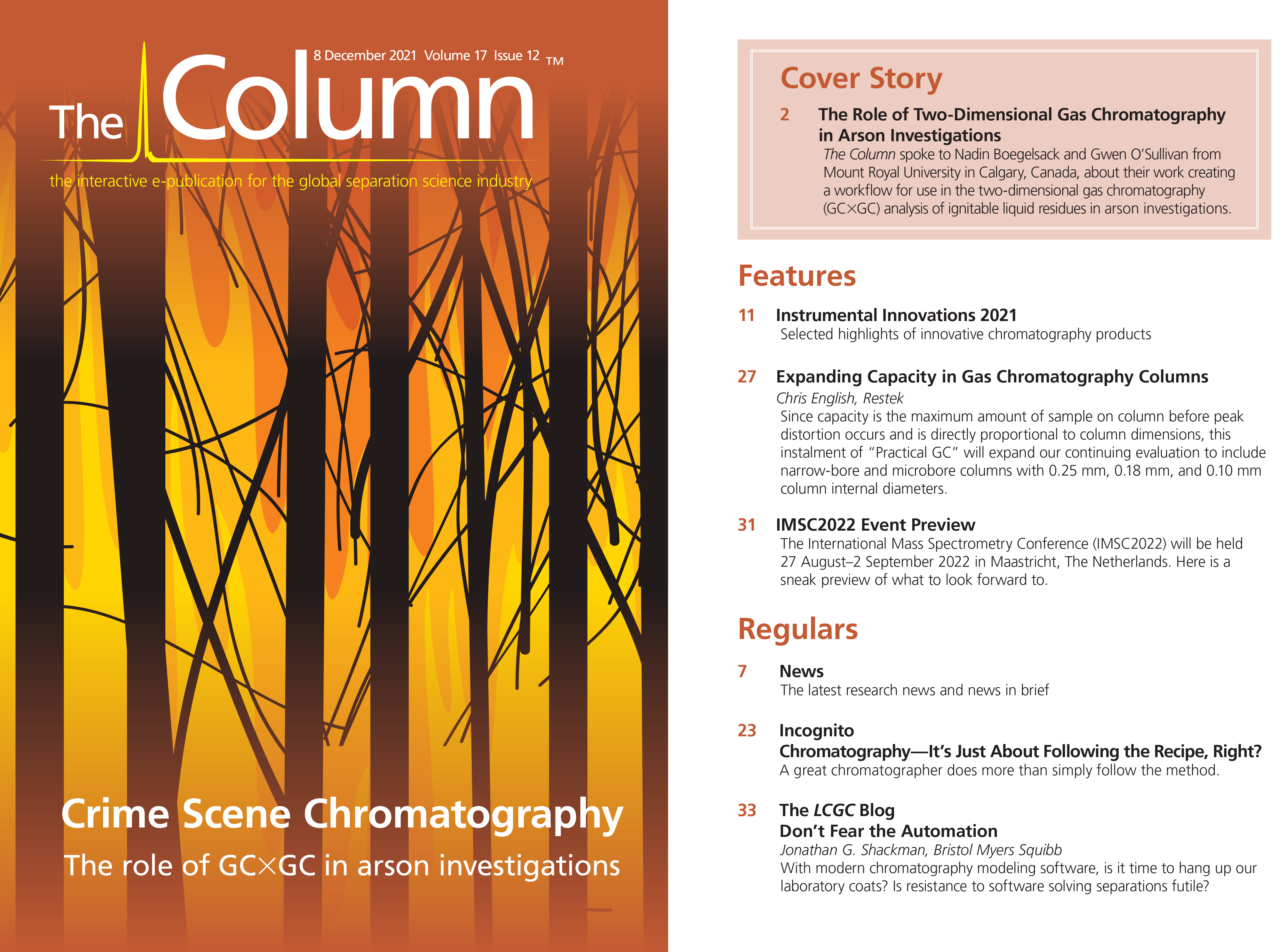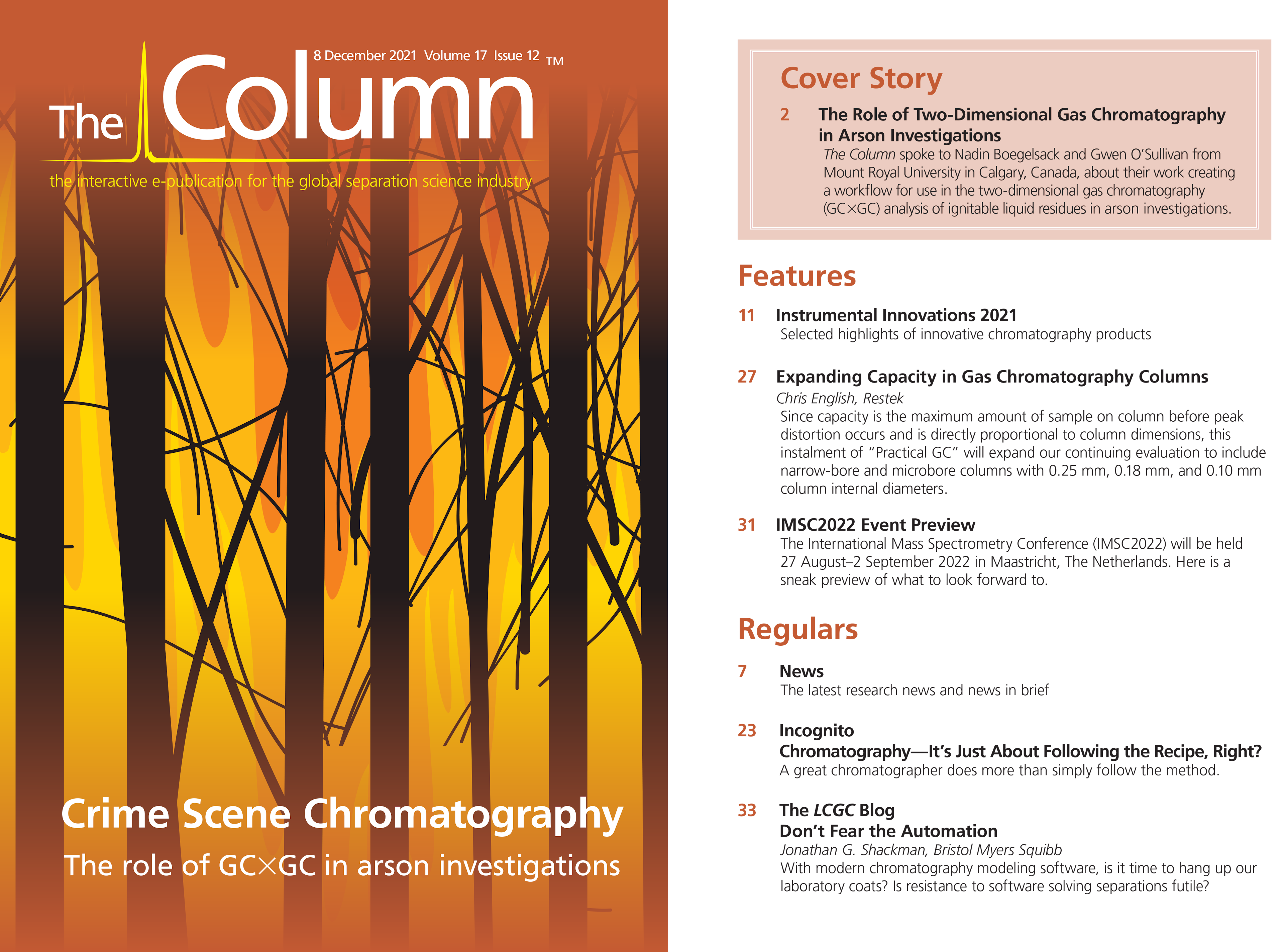Agilent Announces Green Lab Sponsorship
Agilent Technologies Inc. (Santa Clara, California, USA) has announced a sponsorship deal of My Green Lab, a leading nonprofit organization dedicated to improving the sustainability of scientific research. Agilent has committed to a “Transformative Level” sponsorship and is the first institution to do so.
Sustainability is becoming a critical strategic element in science and industry, and there is a growing need for laboratories to consider their environmental responsibilities. My Green Lab was formed in 2013 to lead and unify scientists, vendors, designers, energy providers, and others in a shared drive to improve the social and environmental responsibility of scientific research.
“Environmental sustainability drives many of our innovations, enabling us to be a more holistic partner for our customers, helping them meet their own sustainability goals while at the same time increasing their productivity, lowering costs, and making their labs safer, healthier environments in which to work,” said Darlene Solomon, Agilent Senior Vice President, and Chief Technology Officer.
For more information, please visit: www.agilent.com

Regulatory Deadlines and Supply Chain Challenges Take Center Stage in Nitrosamine Discussion
April 10th 2025During an LCGC International peer exchange, Aloka Srinivasan, Mayank Bhanti, and Amber Burch discussed the regulatory deadlines and supply chain challenges that come with nitrosamine analysis.














